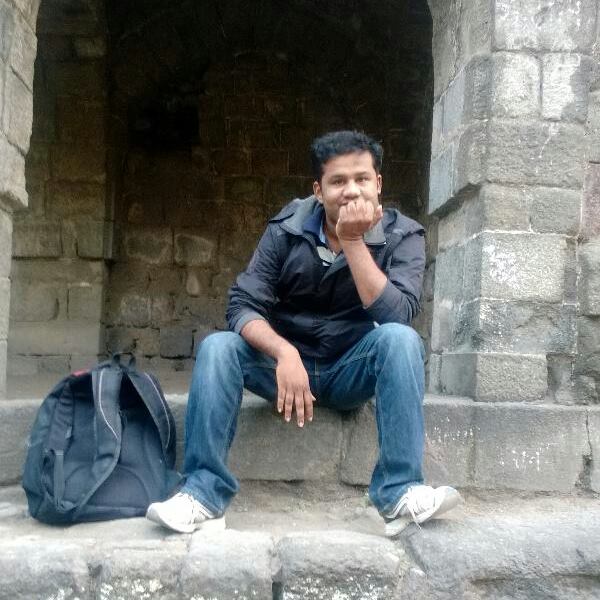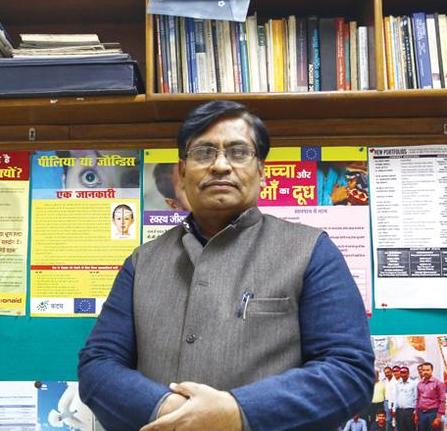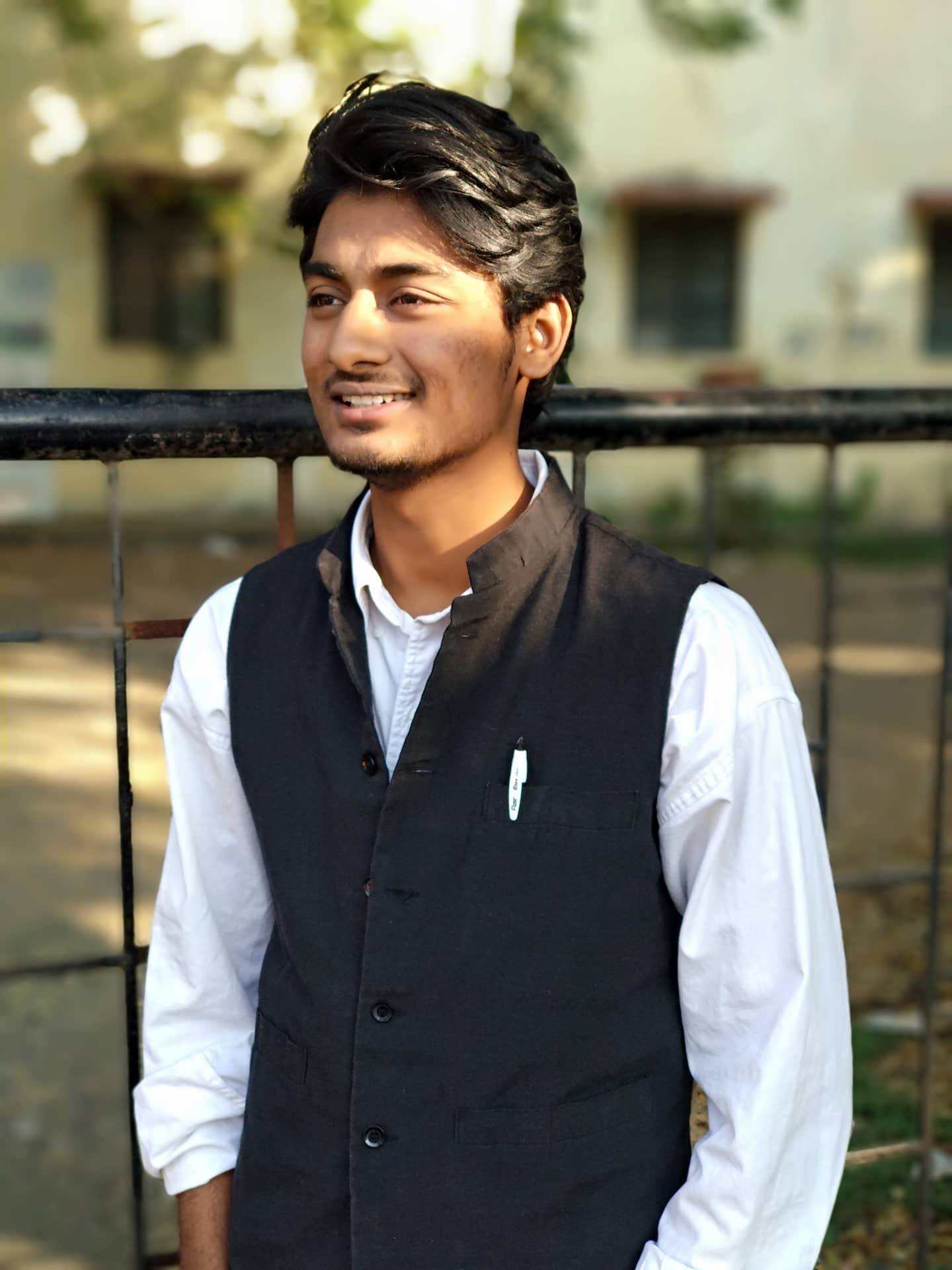Gaurav Somwanshi
 Consider the following three instances:
Consider the following three instances:
1. Until just a few years ago, the mere mention of the word ‘Dalit’ aroused scorn from even the most veteran progressives and media outlets that countered it with “we’re all humans”. That hypocritical silliness of “we’re all humans” argument is still there, but now almost every mainstream media outlet, be it a television channel, magazine, or social media page, will have something or the other containing the word ‘Dalit’. So, what really changed? Was it assertion punching its way into the ‘mainstream’ (read hegemonic) imagination? Or was it the perversion of the same assertion by the savarnas, a commoditisation of the identity?
2. Quite a few articles on the blockbuster movie ‘Sairat’ have mentioned the lead hero as being Dalit. But he is not. The character of Prashant Kale (Parshya) belongs to the Pardhi community which falls under Scheduled Tribes category (some sub-castes of the Pardhi community fall under VJ/NT category in Maharashtra state list, and clubbed with OBCs in the centre), and this community is a collection of tribes and sub-castes who were formerly labeled as ‘criminal tribes’. This won’t fit the definition of the word Dalit, which means former untouchables who are now categorized under Scheduled Castes. The term Dalit has also primarily taken shape as a political identity wherever the assertions have sprung up (especially the autobiographies), but there are still no reliable studies to confirm if all the 1000+ ex-untouchable castes use it for themselves as a political identity. The usage of the word has a history of vibrant and extensive debates as well, including a claim to dismiss the word altogether as it was declared unconstitutional by the National Commission for Scheduled Castes.
Does this change anything regarding our perception of the movie? No, it doesn’t. And it shouldn’t when we think of the portrayed injustice in the story, as the Pardhi community has suffered both at the hands of society and bureaucracy since centuries. The social stigma of being labelled as criminal tribes in the past still creates hurdles in their daily lives and they live on the margins of the society even today, with their voices suppressed. Hence we should ask ourselves, why was the character so eagerly labelled as Dalit by mainstream media outlets?
3. The Allahabad court judge (appointed to the inquiry commission) declared Rohith Vemula as being “not a Dalit”1. Keeping aside the disgusting aspect of this strategy by the murdering administration, more importantly, let us ask why the space for this savarna strategy was created, what narratives does it draw upon? Why did they even think this strategy would work?
Challenging the sanatan status-quo and the mutating machinery
In 1930, Babasaheb Ambedkar led the Kalaram Temple Entry Movement, and it was a radical and revolutionary attack which destabilised the caste empire. And quite expectedly, it was soon followed by the appropriating techniques of the Brahminical machinery like Vinayak Damodar Savarkar advocating for separate Patit paavan mandir for untouchables in the very next year in Ratnagiri, in 1931. Countering this and remaining radical as always, Babasaheb then gave us the 22 vows which were an outright boycott of temples, and it was revolutionary then too, because it attacked the caste machinery’s tactics of those times and that particular context. Because the only thing static in this caste system as long as the ruling class remains in power, is the caste order, while the methods and means keep varying as assertions make their headways, and their appropriating tactics may even seem superficially contradictory, which they’re really not when it comes to the end goals. It is this Brahmincal machinery that enables the Shastris & Smritikars of yesteryears to become the acclaimed progressive academics of today, with the structure and eventual ideology remaining the same. So, has something similar happened with Dalit assertion, have the Brahmin-savarnas ‘adapted’ to it in some partial ways, have they neutralized its attacking potential?
The assertion began momentously with the Dalit autobiographies and anthologies in 1970’s and attacked mainstream hypocrisies and Brahminical aesthetics, but today those same voices are ‘columnised’, and made a ‘part of syllabus’, and have become the ‘go-to topic’ on any inquiry on the caste structure in the mainstream discourse. The oppressor has learned to ‘manage’ and ‘accommodate’ the earlier assertion by adding an extra chair on the dais of the Brahmin-savarna leftists and rightists alike, providing themselves with a way of declaring that they are ‘inclusive’, and ‘aware’ of the caste question.
But Dalit is not the caste system (like it was ‘reservation=caste’ some while ago). Heck, Dalit is not even a single caste, it is a collection of literally more than a thousand diverse jaatis spread across the geography of this subcontinent. But the identity assertion has been twisted and gobbled up enough by the oppressor that now it is reified.
How is it reified?
Reification comes from the German word ‘Verdinglichung’ which means “making into a thing”. Turning the intangible into tangible. “Thingification”. My identity is forged by a dozen external factors, historical and contemporary, and also partly by how I choose to respond to them, but it does not mean even for a second that I’m a ‘different thing’ in itself. Identity assertion does not mean, and this is a crucial difference, that my biology, my essence as a human being, my mind, all of that is in some way distinct from the rest of non-Dalits and somehow un-differentiable with the large group of distinct individuals homogeneously labeled as ‘Dalit’. The invisibilisation and erasure of this distinction means reification. But this distinction is most crucial, as it lies at the heart of the fight for annihilation of caste which is the fight to reclaim all of human dignity and existential freedom in its widest possible meaning. Because if we are aware of this distinction then we can rightly situate the ‘Dalit-ness’ of a person as arising from someone’s ‘Brahmin-ness’, without which it wouldn’t exist, and hence zoom out our microscopes and focus on the source of this grand structure of caste.
“Race is the child of racism, not the father” ~ Ta-Nehisi Coates2
Unless we introspect on this, the whole of caste question would be turned into a “Neanderthal versus Homo Sapiens” thing with a false narrative of two species struggling for a co-living. This is why it has become so convenient for NGOs and progressives alike to focus on ‘Dalit’ and squeeze the juice out of that term and be called anti-caste without ever having to land a single blow to the system that facilitates this oppression. It is the reification of the term Dalit which allows for the interrogation of caste to ‘begin’ from that point (the lives of Dalit) and only in that direction (their lives seen as a distinct separate whole, not a result of the Brahminical hierarchy). Reification of the Dalit identity turns it into a commodity, something to be studied, critiqued, to be used and discarded in isolation, with full convenience for the Brahmin-savarna. In fact, it even grants them additional spaces to be usurped, with one person directly oppressing and his cousin leading the saviourship project.
Reified categories as castes within castes
Observe the reification of the term ‘Dalit woman’, a term that is being constantly caricatured as a victim of rape, being voiceless, and a mute spectator devoid of agency. And then they become ready for consumption, to have their photos and videos pasted all over on media, their families made objects on public display, as artefacts, as was apparent in cases like the flagrant violation of victims’ rights by media in Badaun3.
Does this narrative help the mentioned Dalit women, or does it facilitate the NGOs and Brahmin-savarna academics to use this reified category for their selfish saviour pursuits?
Here’s a quote from Anu Ramdas, co-founder of Round Table India and Savari:
~ Who exactly is benefiting from a trope that has only the Dalit woman as a rape object? The journalist Dubeys, Indian feminists? If the aim is to show that one group of women are at an increased structural risk of sexual violence, it can only be done in a comparative context. Else we have one of group of women, who are default incapable of being in control of anything, and in need of external saviours. This group of women is to remain condemned to their ‘rape status’… So that we can forget about them being workers, students, mothers, caregivers, educators with hundreds of complex issues preoccupying their minds and energies.~
The continued gobbling up and twisting of the word “Dalit” by the oppressors will eventually naturalise the disparities in living conditions instead of truly questioning them. This will turn the political identity into a racialised biological identity making it sterile and harmful for the oppressed because the racialised biological identity is devoid of any inquiries against the social, economic, and political mechanisms that enable the grand factory of caste to give birth to it in the first place; it assumes things to be simply so, just by the virtue of seeing them in isolation.
Consider also how easily the newspapers and media outlets sprout terms like ‘Dalit rage’, ‘Dalit anger’, ‘Dalit pain’, etc. When thrown around by the Brahmin-savarnas these phrases only help cement the reification process, and make space for terms like the euphemistic ‘Dalit Atrocities’ (against which Priyadarshini Ohol wrote here4), and Dalit Patriarchy, Dalit radicals, and so on. Because once you become reified and racialised as an oppressed group then you become vulnerable to being demonized individually (which further somehow becomes a subconscious justification in the savarna minds for your deprivation of basic human rights). You also have no agency as a reified category and you will be spoken on behalf of by them.
These risks of reification of races have already been outlined by critiques of medical research methods that assume essential difference in ‘races’ and begin from that point. The caste structure of India is one of hierarchy where there is exploitation of the majority of the masses, and the biggest sham of this nation’s academics is to produce a ‘majority-minority’ clash discourse with the demonization of the already resourceless majority i.e. Adivasis, Dalits, the lower caste OBCs, the lower caste Christians, Muslims, and Sikhs, etc.,- the bahujans to use a term as Manyawar Kanshi Ram popularized. And it becomes most convenient for the oppressor to instead make ‘Dalit’ the mascot of the caste structure, with NGO-esque efforts focused on them being falsely presented as the radical solution. This hides the grand loot, this disguises the thief, and this suppresses any possibility of revolt against the minority usurpers. If we’re unaware, the Brahmin-savarnas hold the power to use the commoditised Dalit term as an eraser to rub other oppressed communities and their assertions, or keep the oppressed fighting against the oppressed perpetually.
This was evident when the Bhagana villagers were labelled just as Dalits despite having OBCs as part of their struggle, or as in the case of a Scheduled Tribe girl who was referred as a Dalit woman by Brahmin-savarna academics, or when some Brahmin-savarna academics argue that today’s caste problem is only and only limited to atrocities and they ‘analyse’ them in isolation. These instances should warn us of future impediments.
Whom does this reification benefit?
We must ask ourselves whether within the Brahmin-savarna discourse has the term Dalit been used primarily as a tool to assert our agency by ourselves, and for ourselves, for our betterment? Or has it been used by the Brahmin-savarnas as a convenient replacement to the caste question. Because any inquiry of caste should have naturally situated these academics and celebrities too within the framework, but replacing the discourse with ‘Dalit’ and talking authoritatively and on behalf of us has enabled them to step outside the caste structure, to make the problem insular instead of structural. Once you have reified categories of the oppressed it also becomes easy to pit them against each other thus disallowing any chances of political unity among the co-marginalised. This explains their readiness to label the character of Parshya as being Dalit as they can now again ride on the reification they created and churn out article after article on him and what he means.
This isn’t a denial of the daily atrocities faced upon by the most oppressed sections, but an inquiry of why and how the most basic human rights from land to dignity are still kept away from the majority, and how this disparity coupled with the mechanics of graded hierarchy breeds so many evils we see around us.
We must not allow ourselves to become playthings in the hands of the oppressor, to allow them to define and direct us at their own will. This control, they have been exerting since centuries. And ending this is the path to one’s own social and individual liberation.
~
Thus, it is now a challenge to fight for identity assertion without it being made into a commodity to be used in a ready-made way for savarnas, without making the revolt comfortable to the oppressor. The challenge is also to never let yourself be reified, to be ‘thingified’, while also clearly identifying and marking out the oppressor and the exploitative structure. I’ll end this short note by repeating an earlier point, that the goal of assertions by the oppressed, not just Dalits but all socio-economically oppressed groups, should be the full reclamation of human dignity and existential freedom, as it is exactly this which is robbed by the caste structure underlying this subcontinent’s anatomy, and for this we must forever be alert and vigilant. We are here to spread our wingspan to its maximum potential and soar to the highest peaks and the farthest stretches of wherever this state of being a human reaches to, without being caged by shackles and chains. We’re here to fight for our and everyone’s right to be full humans, against all social and material odds that stop us from being so.
Jai Bhim!
~
Notes
1. Accessed on 31st August, accessed at http://indianexpress.com/article/india/india-news-india/rohith-vermula-suicide-rohith-was-not-a-dalit-probe-panel-set-up-by-hrd-2993324/
2. Between The World And Me, Ta-Nehisi Coates. Spiegel &Grau, United States, 2015
3. Accessed on 31st August, accessed at http://www.dalitweb.org/?p=2583
4. ‘Dalit Atrocity’ or ‘Atrocity on Dalits’?.PriyadarshiniOhol. August, 2016.Accessed on 31st August, accessed athttp://roundtableindia.co.in/index.php?option=com_content&view=article&id=8738:dalit-atrocities-or-atrocities-on-dalits&catid=119:feature&Itemid=132
~~~
Gaurav Somwanshi is a graduate from IIM Lucknow and is an entrepreneur.










